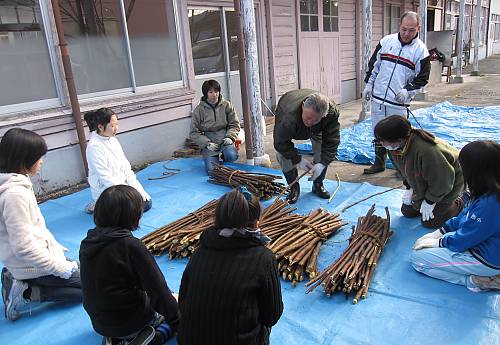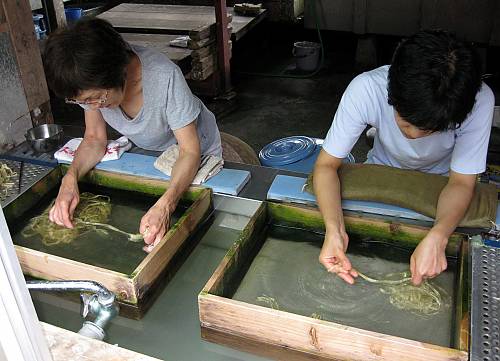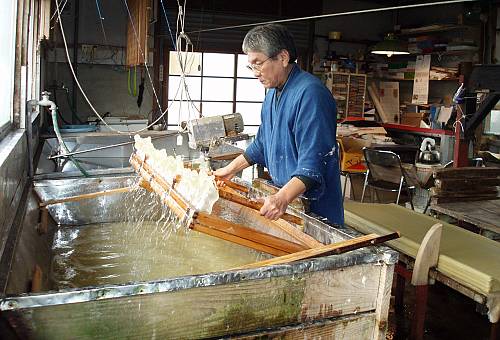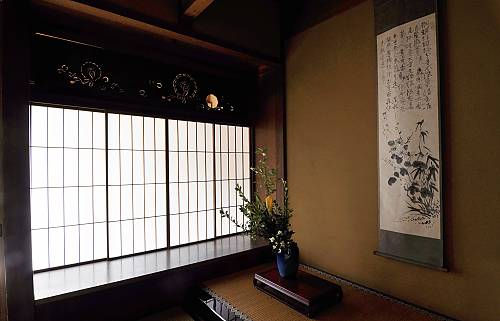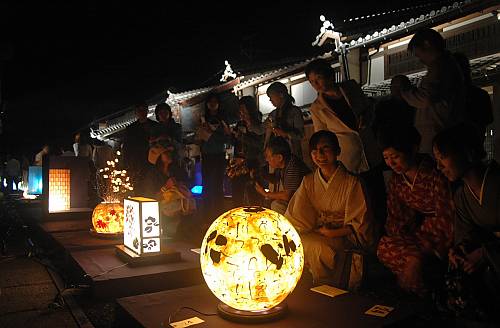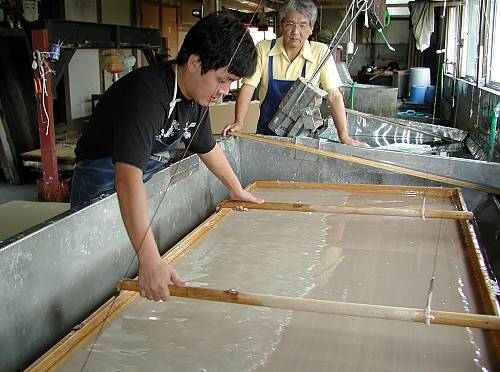Washi, craftsmanship of traditional Japanese hand-made paper
Inscribed in 2014 (9.COM) on the Representative List of the Intangible Cultural Heritage of Humanity

The traditional craft of hand-making paper, or Washi, is practised in three communities in Japan: Misumi-cho in Hamada City, Shimane Prefecture, Mino City in Gifu Prefecture and Ogawa Town/Higashi-chichibu Village in Saitama Prefecture. The paper is made from the fibres of the paper mulberry plant, which are soaked in clear river water, thickened, and then filtered through a bamboo screen. Washi paper is used not only for letter writing and books, but also in home interiors to make paper screens, room dividers and sliding doors. Most of the inhabitants of the three communities play roles in keeping this craftsmanship viable, ranging from the cultivation of mulberry, training in the techniques, and the creation of new products to promote Washi domestically and abroad. Washi papermaking is transmitted on three levels: among families of Washi craftspeople, through preservation associations and by local municipalities. Families and their employees work and learn under Washi masters, who have inherited the techniques from their parents. All the people living in the communities take pride in their tradition of Washi-making and regard it as the symbol of their cultural identity. Washi also fosters social cohesion, as the communities comprise people directly engaged in or closely related to the practice.
